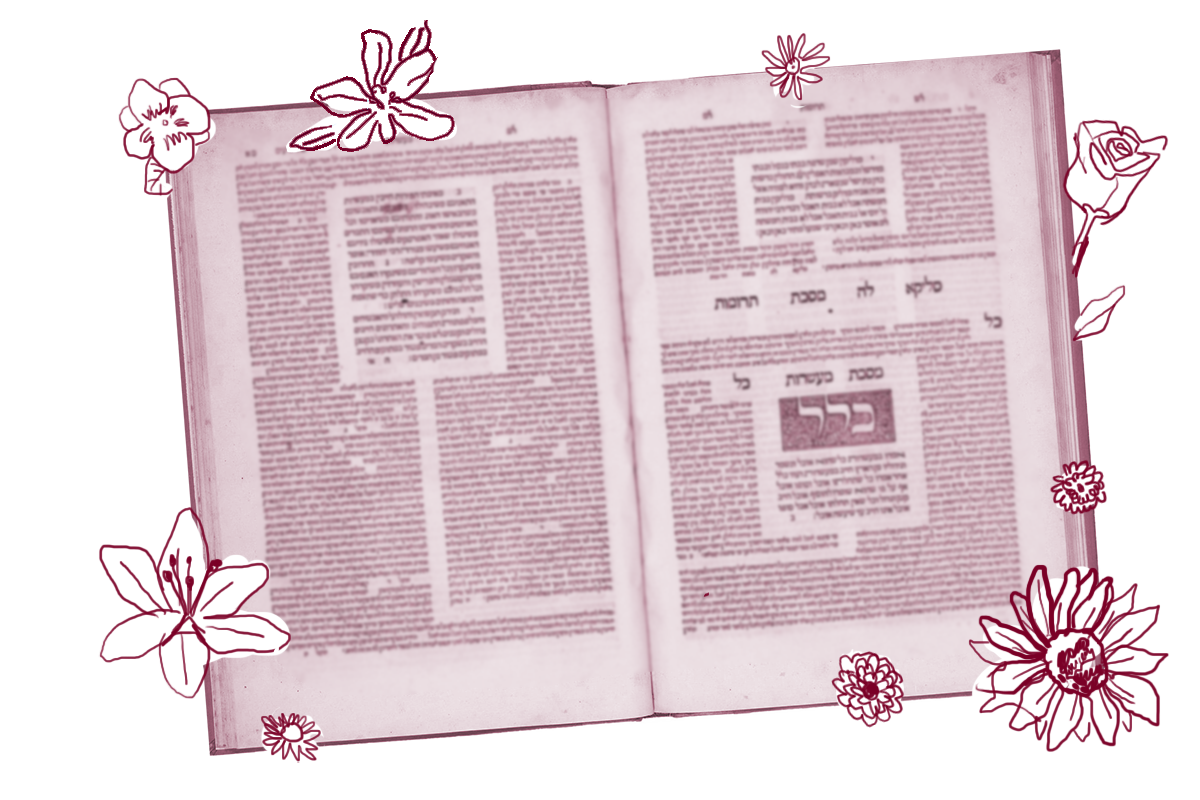Until now, we’ve been studying aspects of Passover, like the prohibition against hametz and the mitzvah of matzah, that are largely applicable to contemporary Jewish observance of the holiday. Today, we begin chapter five and delve into the details of a ritual practice that is more distant from modern Jewish life: the paschal sacrifice.
If this shift feels a bit abrupt, that’s because originally this was two tractates. At one time, the Talmud had Tractate Pesach Rishon (First Passover), with chapters that explore laws of Passover that are not connected to Temple rituals—laws that continued after the destruction. And then there was Tractate Pesach Sheni (Second Passover), which includes chapters about the sacrificial offerings. Scholars believe that these two tractates were merged during the 11th century, hence the tractate’s name “Pesachim,” which is in the plural.
In the talmudic exploration of the Passover sacrifices which will now occupy us for well over a month, we will encounter material that may feel foreign or even, at times, repugnant. (We will of course face this challenge again when we get to entire tractates that deal with laws of Temple service and sacrificial worship.) How can we respond to this challenge? In a number of ways: We can view these pages as material that we have to get through as part of the Daf Yomi cycle. It may seem boring or irrelevant, but in the spirit of Nike, we’ll “Just Do It.” A second approach would be to adopt an anthropological curiosity, approaching the text with the intention of learning about the theology or culture of Temple worship. Or, third, we can embrace the task of finding meaning, despite the difficult or uninspiring nature of the subject matter. Ultimately, we may come to find meaning in the content itself, or we may derive meaning from the fact and process of our study. As you read on, feel free to lean into multiple lenses.
Ready? Let’s take a look at the mishnah that opens the chapter, at the top of today’s daf:
With your help, My Jewish Learning can provide endless opportunities for learning, connection and discovery.
The daily afternoon offering is slaughtered at eight and a half hours of the day, and is offered at nine and a half hours of the day.
On the eves of Passover, it is slaughtered at seven and a half hours and sacrificed at eight and a half hours, whether it occurs during the week or on Shabbat.
But if Passover eve coincides with Shabbat eve, the daily offering is slaughtered at six and a half hours and sacrificed at seven and a half hours, and the paschal lamb is offered thereafter.
This mishnah, like many opening mishnahs we have seen before, is concerned with timing. In this case, how the timing of the daily afternoon sacrifice (the tamid, made every day when the Temple stood!) is moved up earlier in the day to accommodate the once-yearly paschal sacrifice that also must be offered by sundown (and which is then roasted and eaten). On Erev Shabbat, it is moved up extra early; because cooking is prohibited on Shabbat, the Passover sacrifice must be both offered and roasted before Shabbat starts.
Beyond the practicalities, this mishnah raises a host of more interesting theoretical questions: How are the obligations of my daily religious practice impacted by the start of a festival that brings with it its own set of ritual duties? What is the relationship between the ‘everyday’ (represented by the tamid), and the ‘special’ (represented by the Passover sacrifice)? How does the sanctity of Shabbat relate to the sanctity of Passover? Is there a hierarchy of ritual, or a hierarchy of time, that is suggested by this mishnah, and what might I learn from that?
Tomorrow, we’ll dig deeper into some of these questions; in the meantime, they are yours to contemplate.
Read all of Pesachim 58 on Sefaria.
This piece originally appeared in a My Jewish Learning Daf Yomi email newsletter sent on January 18th, 2021. If you are interested in receiving the newsletter, sign up here.



